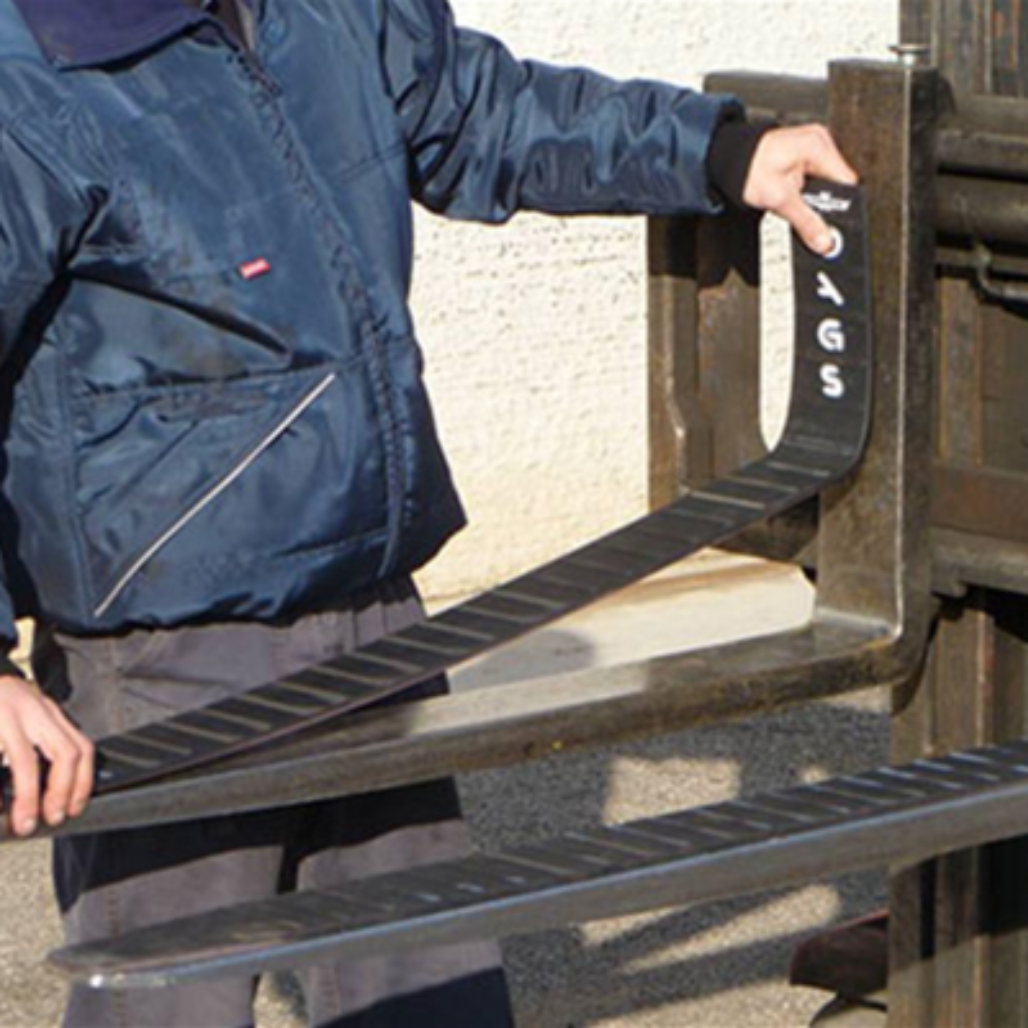Part 1 of 2 - Load Stability and Friction
Loads can have many different characteristics. Which load characteristics should we take into account before moving them?
In this first part of our two-part series, we’ll see how the load’s stability and friction affect safety. In the next issue, (Fall, 2018) we will look at the load’s weight and center of gravity. Let’s start with load stability.
Load Stability
Assessing load stability begins by looking at how the load is contained. Loads might be loose in bins, shrink wrapped, banded, or merely stacked on pallets.
To ensure nothing gets spilled, you must know the stacking guidelines. You also have to consider the forces you will impose on the load (when accelerating, braking, turning) may affect the load’s stability. If in doubt, consider stabilizing the load before lifting.
Friction
Forks are polished steel which has a relatively low coefficient of friction (in others words, it’s slippery!). Without a physical barrier of some kind (e.g., rearward tilt, pallet slots, spacers) your load may slide on the forks, particularly when stopping or turning.
If your load or the forks are wet or frozen the likelihood of slipping increases.
Magnetic fork covers (seen in the photo on the right) can increase the friction between the forks and the load.
We can also run into problems if we overlook the friction between layers of stacked materials. When transporting these types of loads, occasionally glance at the containment devices (if any) and look for any sliding or displacement of the layers.
In Part Two we will consider how weight, shape and dimensions affect the load characteristics of materials being transported.
Click here if you would like to read Part 2 of 2 - Weight and Center of Gravity
If you would like to share your experiences/photos of forklift incidents that can educate others on the principles of safe forklift operation please send them to: bhulberg@D2000safety.com
We will not publish company or individuals names.
Newsletters may or may not open automatically, depending on the web browser settings you are using.